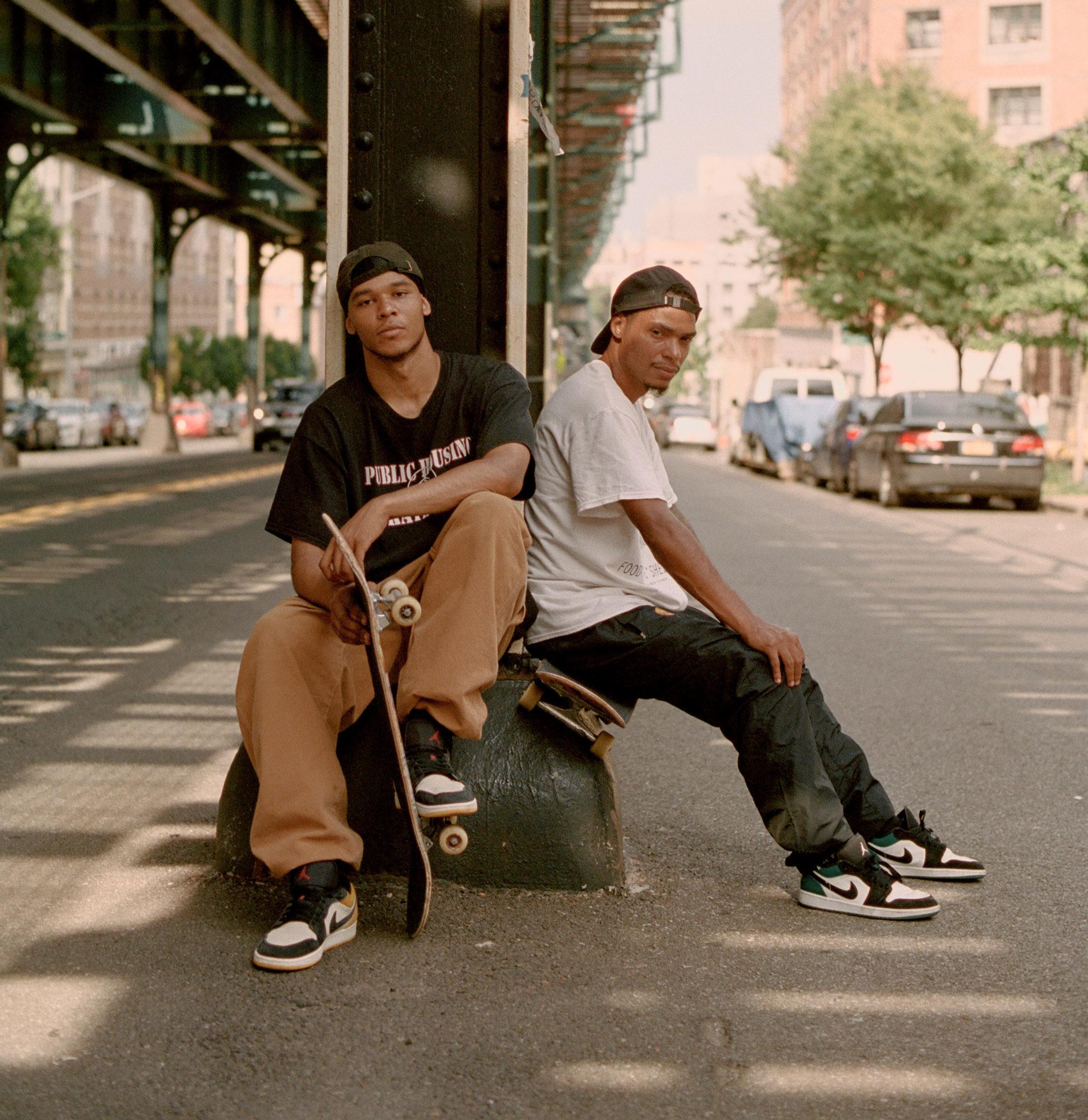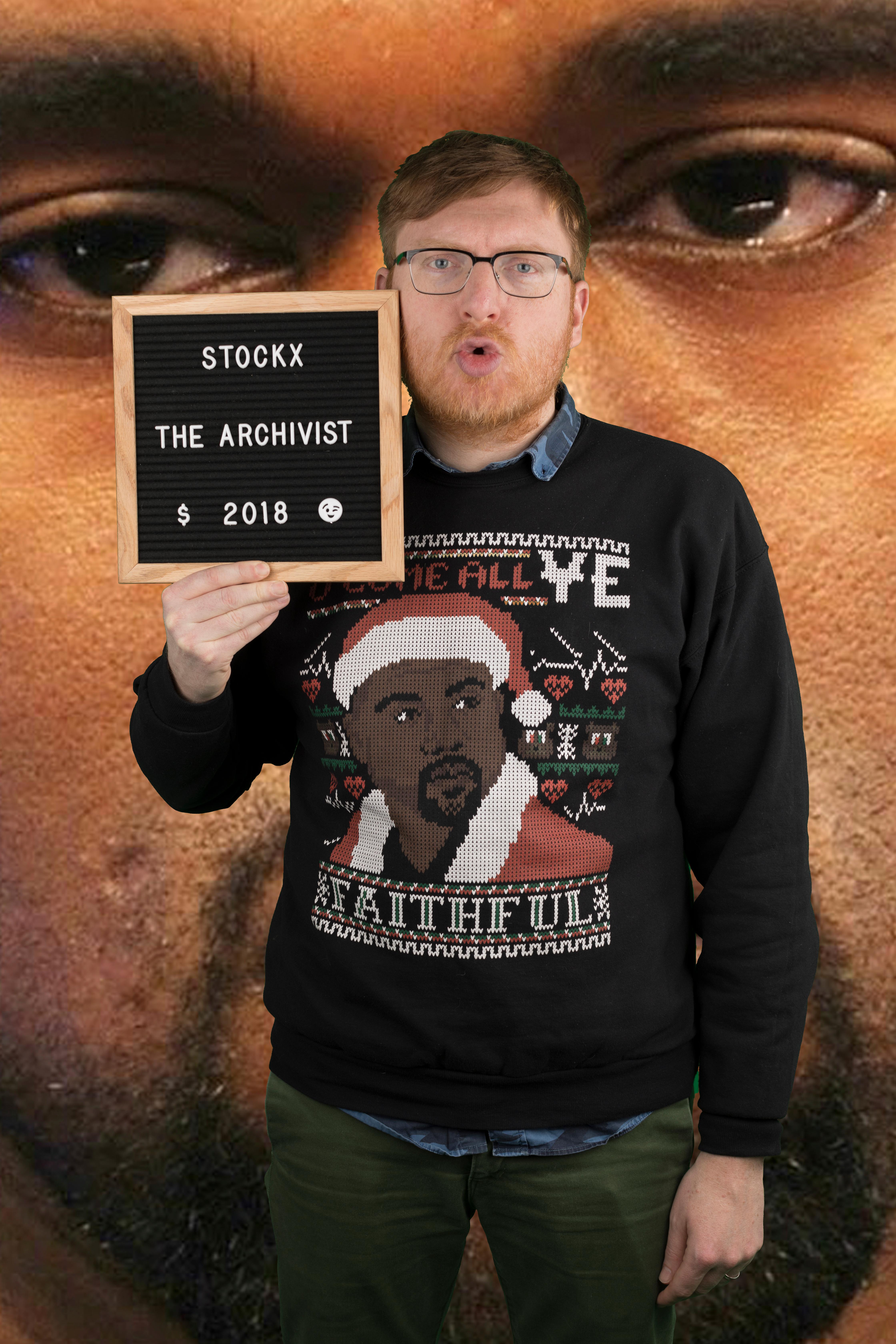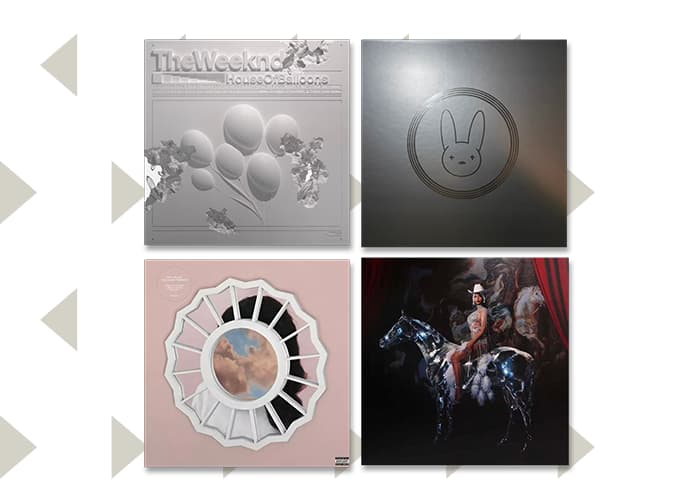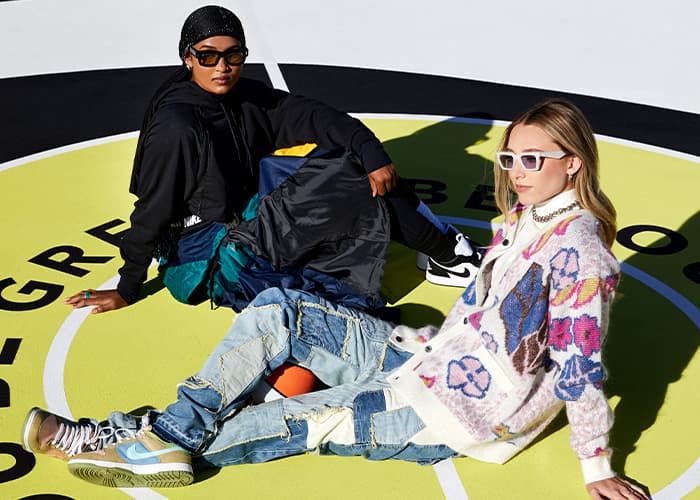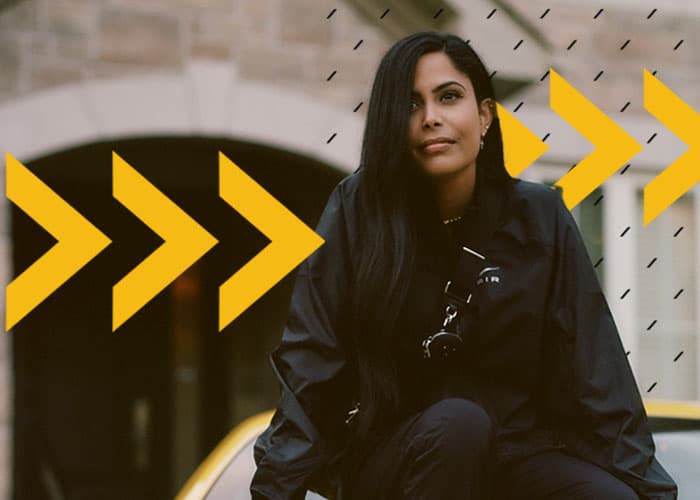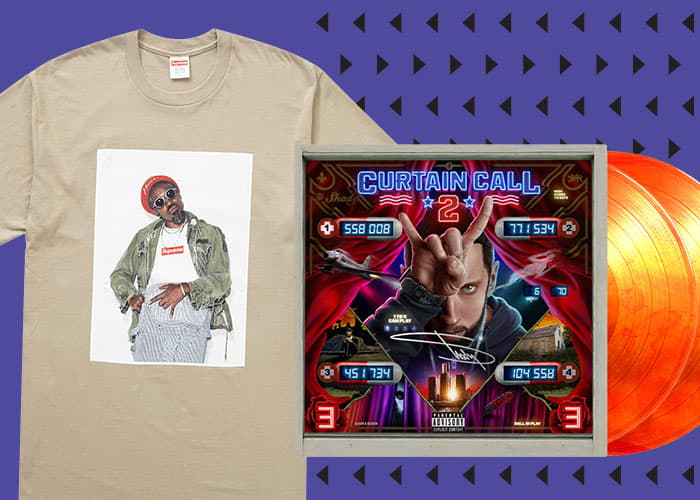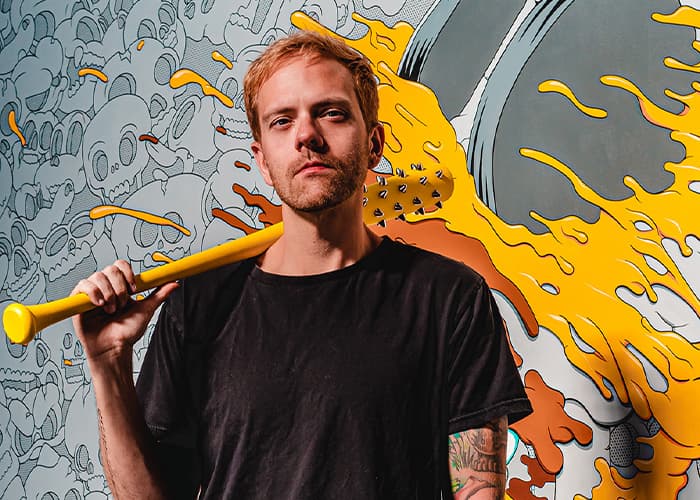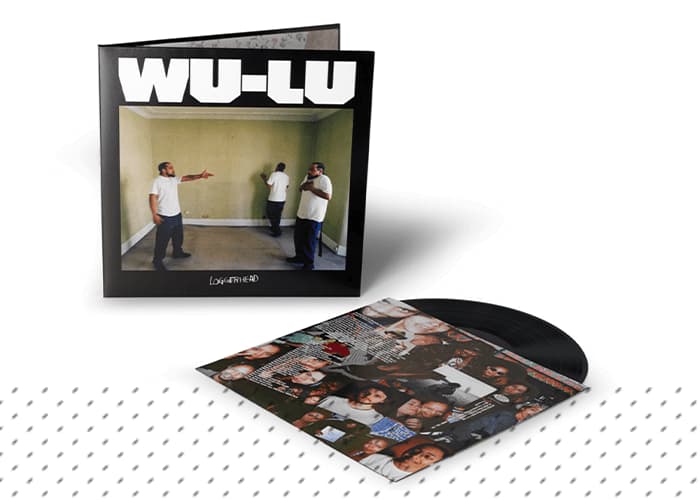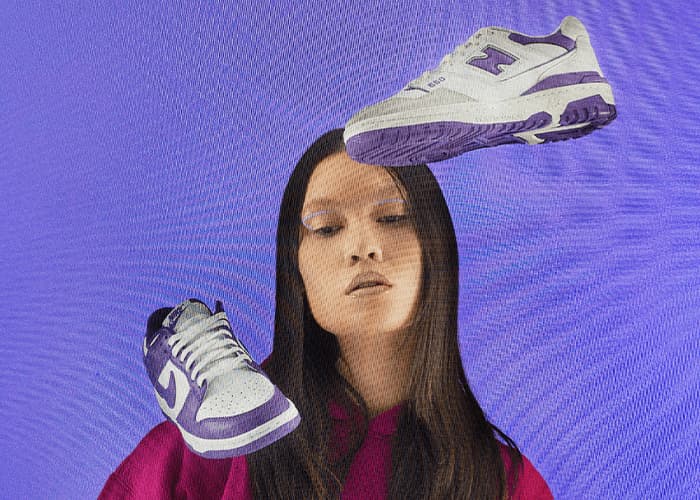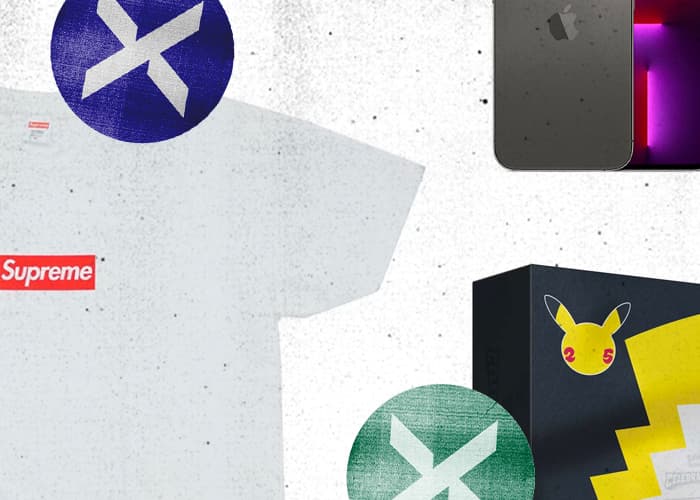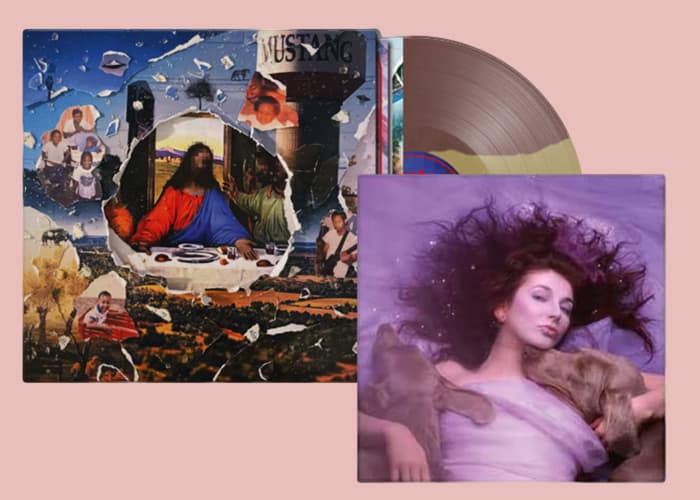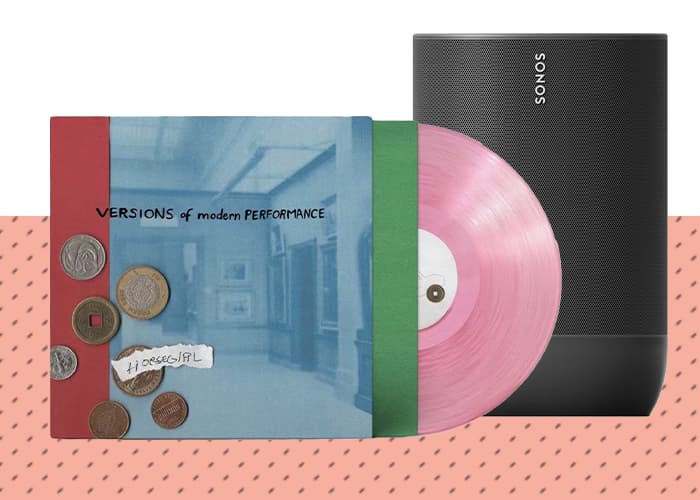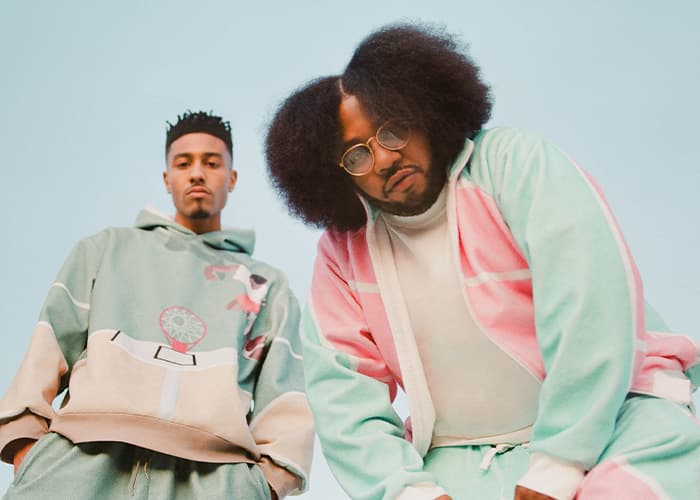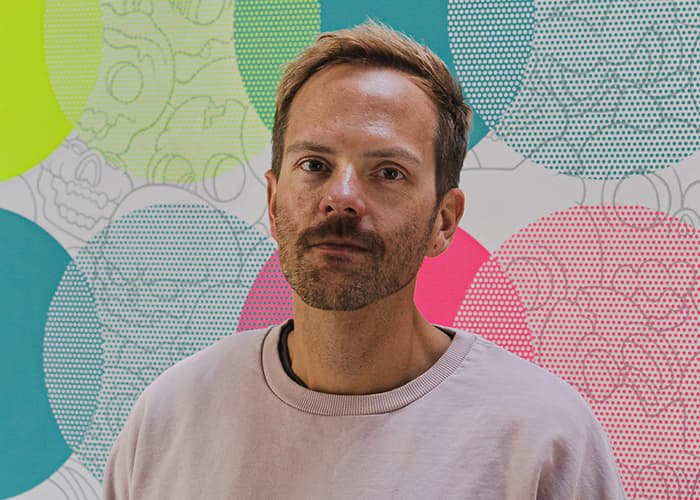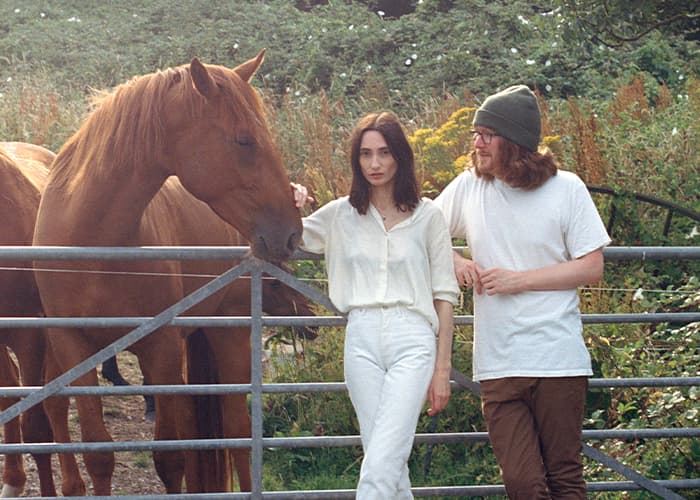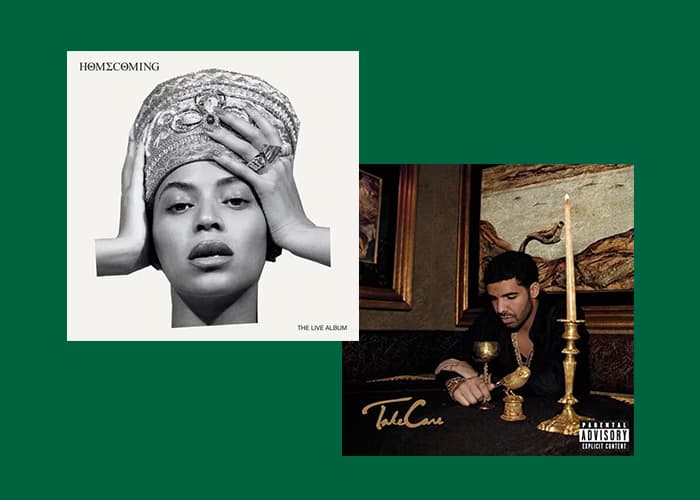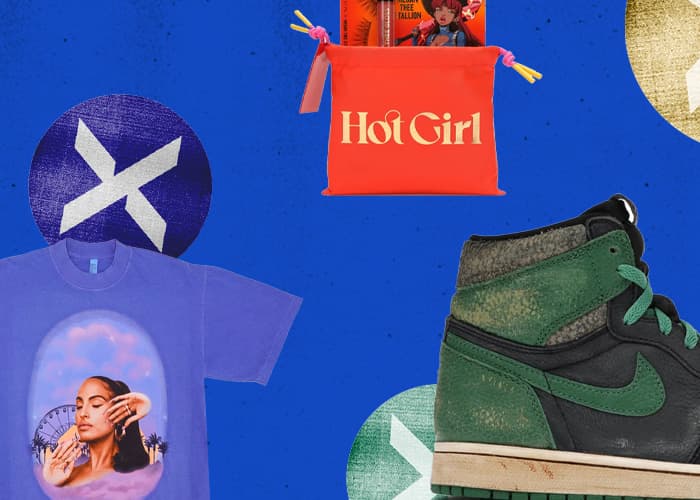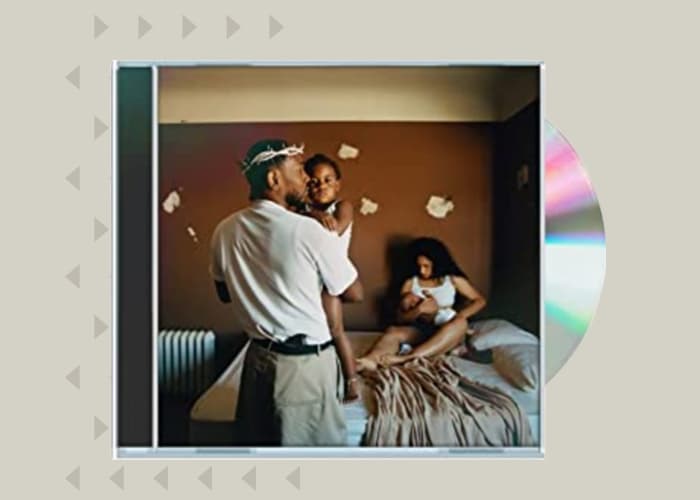
On the northern edge of the Bronx, the place most famous as the birthplace of hip-hop, the crew of Public Housing Skate Team (PHST) pushes to make the borough synonymous with another youth culture, skating. PHST was founded in the Gun Hill Houses housing development in the north Bronx with a simple idea: represent that skaters come from the projects, too. For them and the whole PHST crew, that’s easy, living in the projects is their life. From skate videos, decks, and clothing designs, PHST incorporates life in public housing and working-class neighborhoods into their brand. In a city increasingly maintained for wealthy elites, PHST’s straightforward social, cultural, and aesthetic sensibilities are radical.
To capture a story this incredible, we partnered with acclaimed skate photographer/director Giovanni Reda and skate videographer RB Umali to film PHST in all its Bronx glory. Check out our in-depth interview and video below with Ron Baker, Vlad Gomez, Neil Figueroa, Tyrell Roberts, and Shawn Torres for this installment of “Off the Top.”
The following interview has been lightly edited for length and clarity.
StockX: What’s it like growing up in the Bronx versus other boroughs?
Ron Baker (RB): One hood or borough might be more stylish and creative than the other, but every hood comes with the basic, generic way of living.
Vlad Gomez (VG): You’re more vigilant, or you become vigilant. It’s a unique place to grow up around, and it has a lot of beautiful things to see.
Neil Figueroa (NF): It makes you tough. It makes you learn how to respect others. If you talk shit, get ready for what happens. Talk is cheap in the Bronx.
Shawn Torres (ST): It’s pretty rough. In my time you’d get made fun of for wearing Vans and wearing all black. You used to get roasted for wearing overalls or wearing fanny packs. This man used to get roasted for eating an apple. Like come on nigga, “I’m eating an apple, leave me the fuck alone.”
What should people know about the Bronx?
VG: You shouldn’t be afraid to come here. It’s not what it seems; it’s not crazy like that. There are things that happen, but that’s regular.
NF: It’s a good borough. A lot of uniqueness comes from this borough: food, culture, originality, style. There’s realness, what’s left of the real New York, in my opinion.
RB: The Bronx is full of creatives that make something out of nothing. Hip-hop was created in the Bronx, a lot of great graffiti artists, also. Ralph Lauren’s old high school is up the block [from Gun Hill Houses].
ST: Don’t be scared to come to the Bronx! That shit gets me mad. Brooklyn is the same shit. Queens is a little more hidden, but still, you don’t gotta be scared to come to another borough.
Do people associate skating with the Bronx? Is skating associated with public housing?
RB: It’s starting to pick up in the Bronx, I guess. I think it’s starting to be associated with public housing a little, and if it is, it’s because of us.
VG: No, not really. I guess we have a chance to represent that now.
NF: Sometimes. They look up to it because they wish they could do it. It’s interesting in their eyes.
ST: Not really. Not really at all.
What’s the history of skating in the Bronx?
VG: There’s not much history in the Bronx for skateboarding.
NF: I didn’t keep up with the history of skating in the Bronx. You tell me.
ST: I don’t know. It’s just street skating, I guess.

Are there any Bronx skaters that you look up to?
VG: TJ and Brian, they’re two skaters that I grew up skating with, they’re my heroes. And there’s a skater that used to do handstands down the hill. I forget his name, but he’s definitely another skate hero of mine.
NF: No, not really.
TR: I look up to Andre Beverley, Tyshawn Jones, and Nelson Darden.
ST: Not really for skateboarding, but I can say my brother, Neil. The people I grew up skating with. The ones who taught me. Neil, my brother Josh.
Is everybody on the team from the Bronx?
RB: Everything started in the Bronx. Everything really started out of Gun Hill projects in the Bronx, but we’re based throughout NYCHA. The housing authority is based throughout the city, the whole five boroughs. There’s a couple of skaters from outside the Bronx, one from Brooklyn. You don’t have to be from the projects or whatever, it’s more about the idea and the aesthetic of it all. It’s like any time they say that a project has a basketball team, we’re just like, “Yo, what about a skate team?” So it’s that same energy. But we have one of our skaters living in Brooklyn right now. Another skater moved to the South Bronx, like 40 minutes away from Gun Hill. Basically, it’s all about urban cultural unity.
What’s the best thing about skating in the Bronx versus other boroughs?
VG: It’s unique and there are way more spots that are hidden and undiscovered. You’re skating in a spot that nobody really knows about. The energy in the Bronx is different from anywhere else you skate.
NF: The uniqueness of New York City. It’s all cultures put into one borough. It’s also sketchy sometimes.
RB: There are no cons, really. You just go out and find a spot. Recently, there have been more people coming up to the Bronx. There are really no cons out here, just a lot of hidden spots (to skate). But the Bronx is starting to get noticed, that’s just the way it is.
ST: When I go to the city, it’s pretty whack. I get bored really fast. In the Bronx, you know everyone.
What’s the worst thing about skating in the Bronx versus other boroughs?
VG: The worst thing about skating in the Bronx is probably the ground. It’s fucked up and not really skatable sometimes. We also get kicked out of spots. Also, when people go up to you and act like they know what you’re doing and pretend they know about skateboarding. They always bring up Tony Hawk.
NF: You never know what’s going to happen. It’s cool to know your surroundings, but that’s like anywhere else, too. There’s always something happening at all corners in the Bronx, it’s a very active borough. It’s truly New York.
What’s your favorite spot to skate in the Bronx?
VG: Where we all link up, the ledges.
NF: Probably my neighborhood. There are these marble ledges that are part of a school that’s right across the street from where I live.
ST: Do hills count? I’d say University hill.
Who are your peers in NY skating right now? Who do you view as your peers worldwide?
RB: The people that are on the team, and other creatives. And I got bros in Japan, they all know who they are. I don’t feel like name dropping.
VG: I really don’t have any peers worldwide. Basically my teammates are my peers and my community, and people I grew up with, and my brothers Jason and Eric.
TR: Everybody who I skate with. All my homies.

When did you first decide to start PHST?
RB: My partner, Vlad, is real hardcore about it, but I got into it like four years ago and started filming it. The idea came and then I was just like, “Alright, there are skaters out here and my partner Vlad is out here skating through the projects,” and I said let’s do this. Vlad said he was down and was like, “Let’s get it.”
Walk me through the thought process from going from a skate crew to a skate crew with merch.
RB: It really started as an idea: What if the projects had a skate team? How would the riders dress? What would the energy be like? And then action was put in for it all to manifest.
Have any other skate brands influenced PHST?
RB: None, in my opinion. We just feed off each other, the environment.
Where do the design inspirations come from? Especially the decks.
RB: The Environment. The urban community in the Bronx. NYC in general. The good, the bad, and everything in between. Real-life events.
Will you tell us more about some of the real-life inspiration behind your decks?
RB: I’m going to try to go in order. Our first deck was a picture that Vlad took. It was black and white and super minimal, it was dope. Our second deck was about this tiger this guy had living with him in the projects. Did you guys ever hear about that? This guy had like a baby alligator and a big python, too. People loved that deck because the story was so crazy.
Next, we had the gang raid deck. The biggest gang raid in the history of New York took place at a project not too far from us. The police raided a bunch of people; they knocked on the doors of any young male that fit the profile. It didn’t matter if they were guilty or not. We put all the mugshots from the raid on the deck. We also have a bodega deck where we pulled still images from videos of people going crazy in the bodega when their deli order was messed up.
We also did a video game-inspired deck. People really loved that one, too.
We’ve talked decks. Now tell us about how you guys design your apparel.
RB: We just look outside. Our environment is our mood board. We go outside and we see barbed wire, we see fences, and we see bricks. We see people selling stuff. We see people on drugs. There are people hanging out, hanging on the corner, having the flyest gear on. It’s funny because a lot of the trends that are out now come from the urban community. We’re also influenced by 90s’ hip-hop, 90s’ music. We just like the old gritty New York. Not in a negative way, just that it was what it was and we like that. We like the early 90s, pre-Guilliani, pre-gentrification.
Speaking of environment, what impact has Bronx’s hip-hop history played on the formation and development of PHST?
RB: Everything really. The grittiness, the style, the lifestyle that comes with hip-hop. The hip-hop of the past is the mood board of the brand. Along with the environment.
Has living in public housing presented any obstacles that PHST has had to overcome?
RB: They don’t bother us. The parks department came at us for using a specific graphic. That’s about it. The rent keeps going up [laughs].
What does PHST represent?
RB: We’re authentic in skate culture, to the Bronx, and NYC culture.
What do you hope to achieve with PHST?
RB: We want to be in the history books. We want to be one of the top brands of all time. And for our riders to get paid to do what they love. Really, just to get bigger and keep it moving worldwide. I mean we’re popular in Japan right now. We just want to keep getting bigger, but stay genuine. Not to sound cliche, but not to sell out. We want to organically grow and stay where we are without getting corny and played out. Like a lot of brands start off cool and fresh and everybody wants it, and they develop a cult following, and then they sell out and cross a line when money gets involved. My goal is just to stay organic and grow like that.
VG: Making a brand that is as successful as possible. Maybe build vicinities that kids can go to and not only skate but also be creative and film or do whatever they want to do.
NF: Just skate with my friends and treat it like it’s any other day, but we just skate for a brand that represents who we are.
TR: To get the brand known worldwide so people know that there are other people from New York that are putting it down.
ST: Have fun. You niggas gotta do what you gotta do to have fun.
What does success look like for you? How will you know when you’ve made it?
RB: These three things: financial freedom, peace of mind, and being happy.
Anything else people should know?
RB: Shop publichousingskateteam.com!
Public Housing Skate Team | @publichousingskateteam



